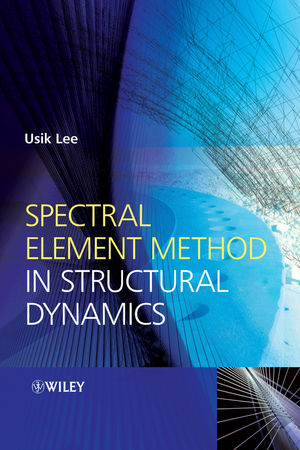Spectral Element Method in Structural DynamicsISBN: 978-0-470-82374-3
Hardcover
480 pages
October 2009
 This is a Print-on-Demand title. It will be printed specifically to fill your order. Please allow an additional 10-15 days delivery time. The book is not returnable.
|
||||||
Spectral Element Method in Structural Dynamics is a concise
and timely introduction to the spectral element method (SEM) as a
means of solving problems in structural dynamics, wave
propagations, and other related fields. The book consists of three
key sections. In the first part, background knowledge is set up for
the readers by reviewing previous work in the area and by providing
the fundamentals for the spectral analysis of signals. In the
second part, the theory of spectral element method is provided,
focusing on how to formulate spectral element models and how to
conduct spectral element analysis to obtain the dynamic responses
in both frequency- and time-domains. In the last part, the
applications of SEM to various structural dynamics problems are
introduced, including beams, plates, pipelines, axially moving
structures, rotor systems, multi-layered structures, smart
structures, composite laminated structures, periodic lattice
structures, blood flow, structural boundaries, joints, structural
damage, and impact forces identifications, as well as the SEM-FEM
hybrid method.
- Presents all aspects of SEM in one volume, both theory and applications
- Helps students and professionals master associated theories, modeling processes, and analysis methods
- Demonstrates where and how to apply SEM in practice
- Introduces real-world examples across a variety of structures
- Shows how models can be used to evaluate the accuracy of other solution methods
- Cross-checks against solutions obtained by conventional FEM and other solution methods
- Comes with downloadable code examples for independent practice
Spectral Element Method in Structural Dynamics can be used by graduate students of aeronautical, civil, naval architectures, mechanical, structural and biomechanical engineering. Researchers in universities, technical institutes, and industries will also find the book to be a helpful reference highlighting SEM applications to various engineering problems in areas of structural dynamics, wave propagations, and other related subjects. The book can also be used by students, professors, and researchers who want to learn more efficient and more accurate computational methods useful for their research topics from all areas of engineering, science and mathematics, including the areas of computational mechanics and numerical methods.



